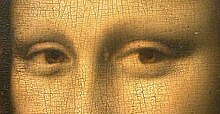
Pope Alexander VI (epithet: Valentinus was head of the Catholic Church and ruler of the Papal States from 11 August 1492 until his death in 1503. Born into the prominent Borgia family in Xàtiva in the Kingdom of Valencia under the Crown of Aragon, Rodrigo studied law at the University of Bologna. He was ordained deacon and made a cardinal in 1456 after the election of his uncle as Pope Callixtus III, and a year later he became vice-chancellor of the Catholic Church. He proceeded to serve in the Curia under the next four popes, acquiring significant influence and wealth in the process. In 1492, Rodrigo was elected pope, taking the name Alexander VI.
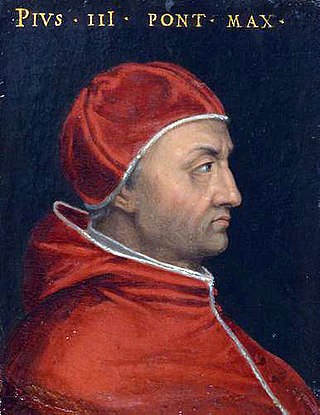
Pope Pius III, born Francesco Todeschini, was head of the Catholic Church and ruler of the Papal States from 22 September 1503 to his death. At just twenty-six days, he had one of the shortest pontificates in papal history.

Pope Julius II was head of the Catholic Church and ruler of the Papal States from 1503 to his death, in February 1513. Nicknamed the Warrior Pope, Battle Pope or the Fearsome Pope, he chose his papal name not in honour of Pope Julius I but in emulation of Julius Caesar. One of the most powerful and influential popes, Julius II was a central figure of the High Renaissance and left a significant cultural and political legacy. As a result of his policies during the Italian Wars, the Papal States increased their power and centralization, and the office of the papacy continued to be crucial, diplomatically and politically, during the entirety of the 16th century in Italy and Europe.

Pope Sixtus IV was head of the Catholic Church and ruler of the Papal States from 9 August 1471 to his death, in August 1484. His accomplishments as pope included the construction of the Sistine Chapel and the creation of the Vatican Library. A patron of the arts, he brought together the group of artists who ushered the Early Renaissance into Rome with the first masterpieces of the city's new artistic age.
The 1430s decade ran from January 1, 1430, to December 31, 1439.
The 1480s decade ran from January 1, 1480, to December 31, 1489.
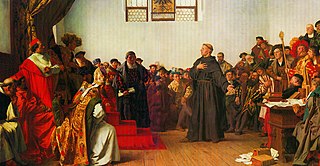
1521 (MDXXI) was a common year starting on Tuesday of the Julian calendar, the 1521st year of the Common Era (CE) and Anno Domini (AD) designations, the 521st year of the 2nd millennium, the 21st year of the 16th century, and the 2nd year of the 1520s decade.

The 1500s ran from January 1, 1500, to December 31, 1509.

Year 1536 (MDXXXVI) was a leap year starting on Saturday of the Julian calendar.
Year 1483 (MCDLXXXIII) was a common year starting on Wednesday of the Julian calendar.
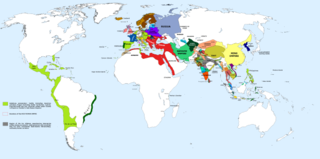
The 1550s decade ran from January 1, 1550, to December 31, 1559.

Year 1549 (MDXLIX) was a common year starting on Tuesday of the Julian calendar. In the Kingdom of England, it was known as "The Year of the Many-Headed Monster", because of the unusually high number of rebellions which occurred in the country.

Year 1514 (MDXIV) was a common year starting on Sunday of the Julian calendar.
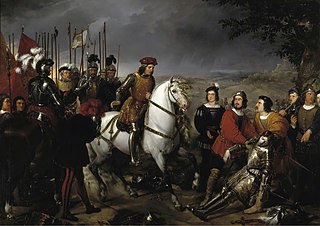
Year 1504 (MDIV) was a leap year starting on Monday of the Julian calendar.
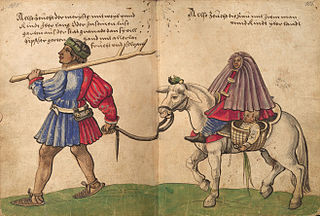
Year 1501 (MDI) was a common year starting on Friday of the Julian calendar.

Ascanio Maria Sforza Visconti was an Italian Cardinal of the Catholic Church. Generally known as a skilled diplomat who played a major role in the election of Rodrigo Borgia as Pope Alexander VI, Sforza served as Vice-Chancellor of the Holy Roman Church from 1492 until 1505.

Ippolito (I) d'Este was an Italian Roman Catholic cardinal, and Archbishop of Esztergom. He was a member of the ducal House of Este of Ferrara, and was usually referred to as the Cardinal of Ferrara. Though a bishop of five separate dioceses, he was never consecrated a bishop. He spent much of his time supporting the ducal house of Ferrara and negotiating on their behalf with the Pope.

The September 1503 papal conclave elected Pope Pius III to succeed Pope Alexander VI. Due to the Italian Wars, the College of Cardinals was surrounded by three potentially hostile armies, loyal to Louis XII of France, Ferdinand II of Aragon, and Cesare Borgia.

The October 1503 papal conclave elected Cardinal Giuliano della Rovere as Pope Julius II to succeed Pope Pius III. The conclave took place during the Italian Wars barely a month after the papal conclave, September 1503, and none of the electors had travelled far enough from Rome to miss the conclave. The number of participating cardinals was thirty-eight, the College of Cardinals having been reduced by the election of Piccolomini as Pius III, who did not elevate cardinals. At a consistory on 11 October Pope Pius had proposed to make Cardinal d'Amboise's nephew a cardinal, as part of his effort to conciliate the French, but the response from the cardinals was not enthusiastic.

Giuliano Cesarini the Younger was an Italian Catholic prelate and cardinal.
